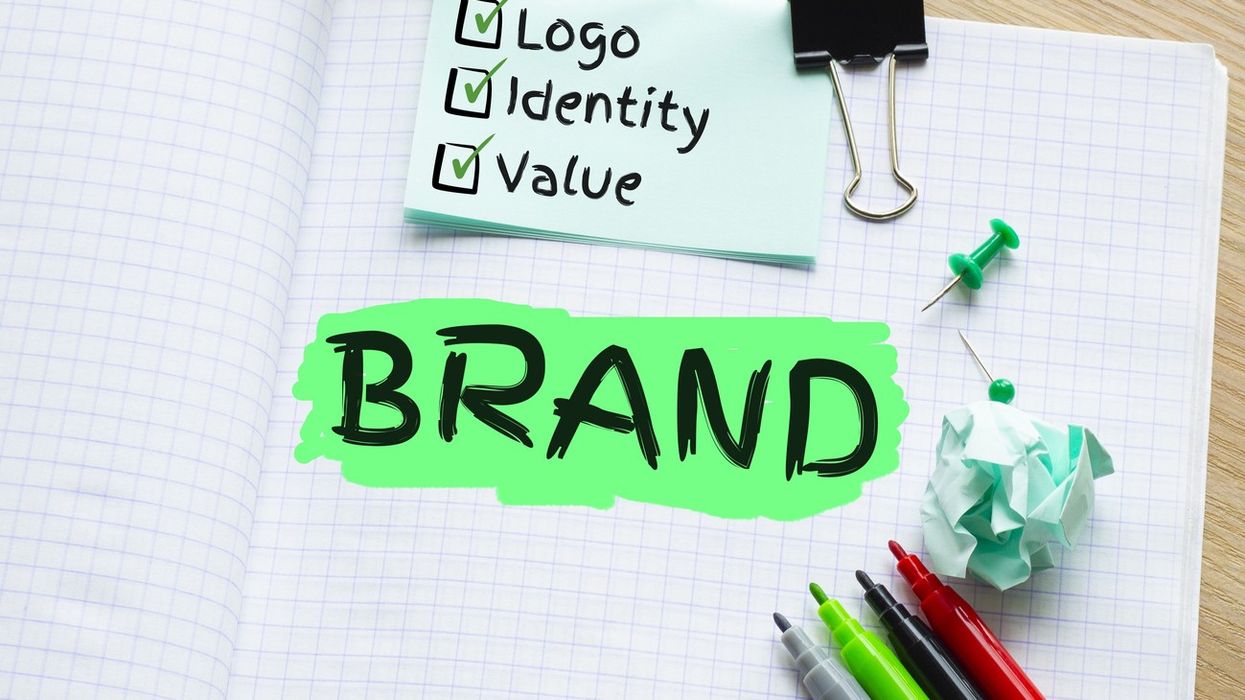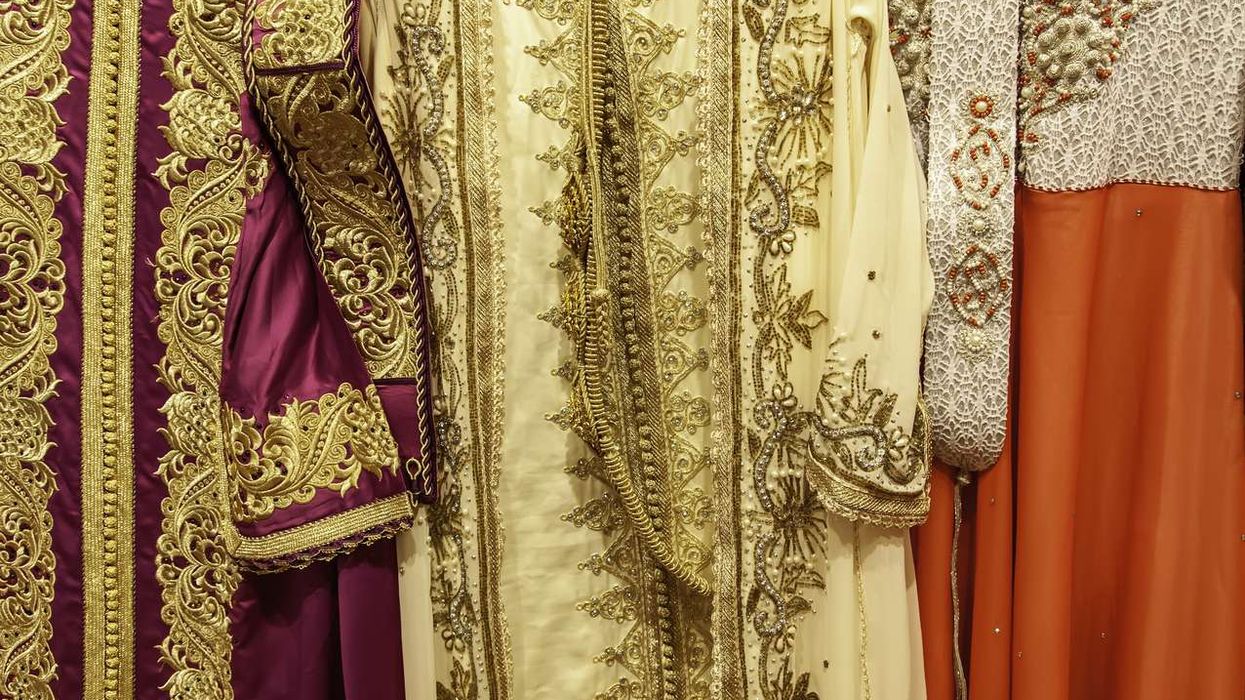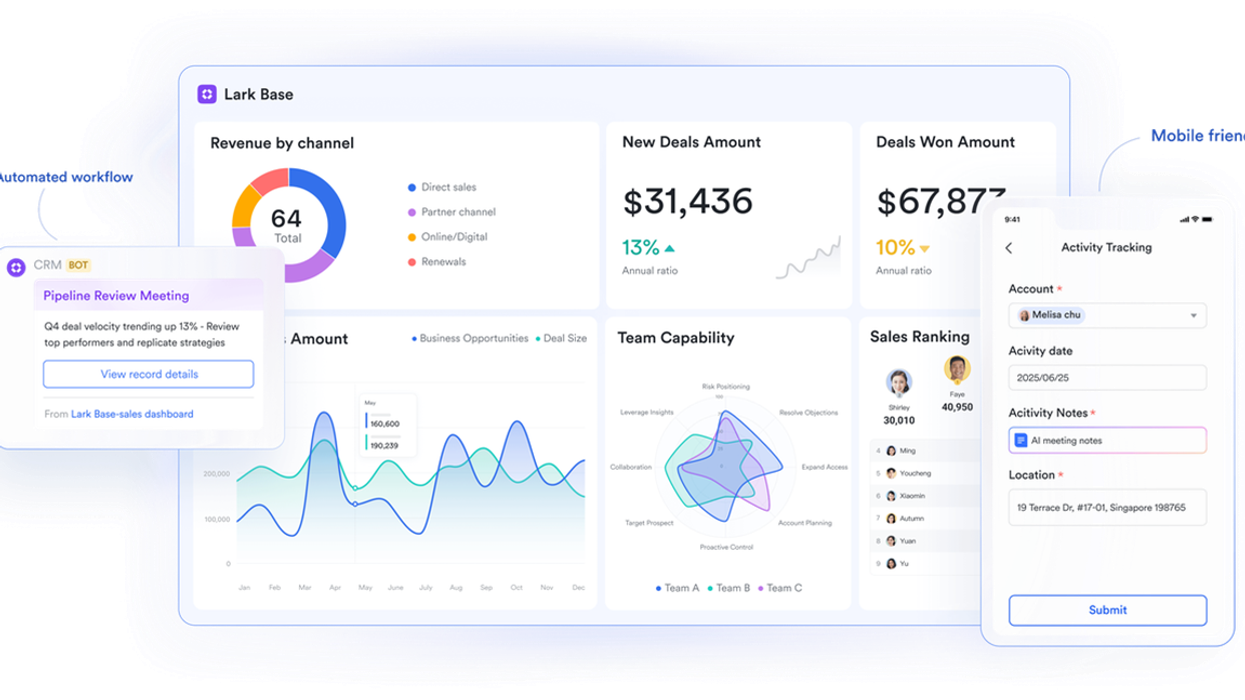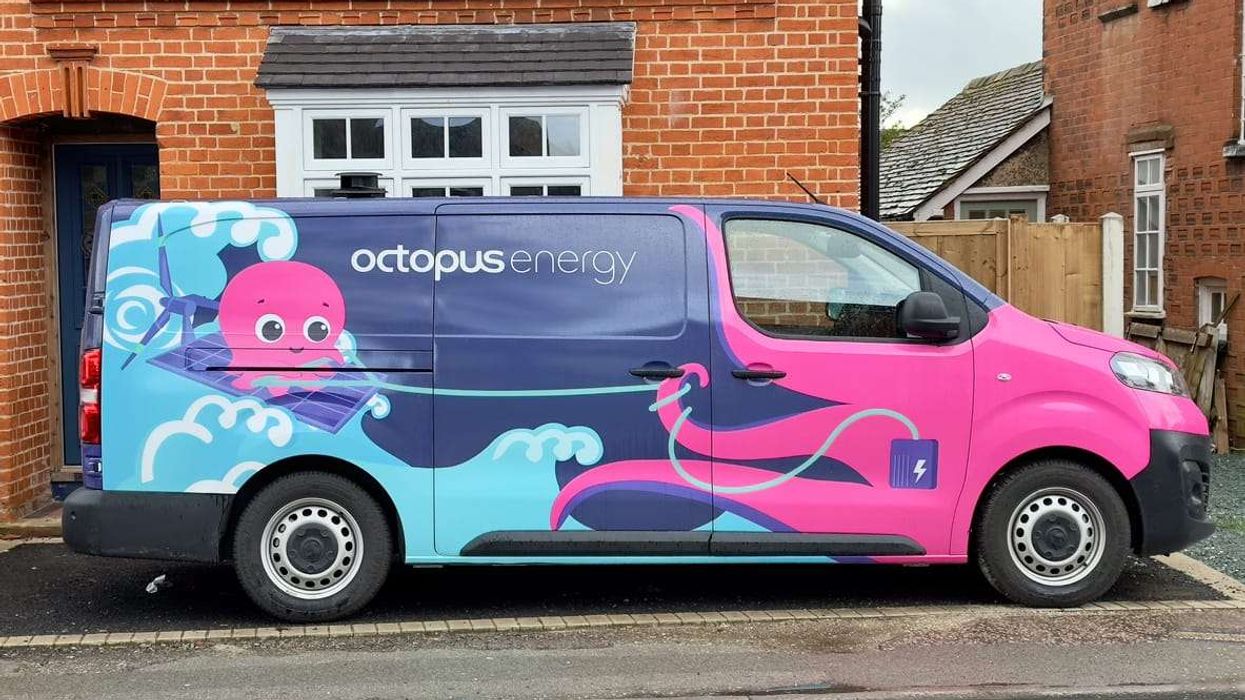Brand consistency is more than just using the same logo everywhere—it’s about maintaining a uniform look and feel across all visual content. Every image you use in marketing, from website banners to social media posts, should align with your brand’s identity. A well-resized JPG can make the difference between a polished, professional presence and a distorted, low-quality impression.
This guide will explore the challenges of image consistency, a checklist to maintain uniform visuals, and how a reliable tool like Pippit AI can simplify the process.
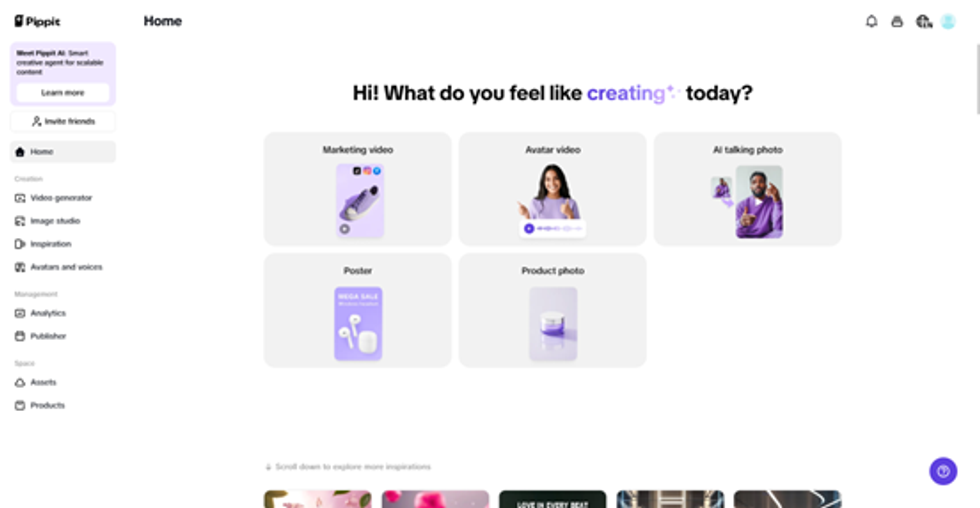
The Challenges of Maintaining Image Consistency
Consistency in branding isn’t just about using the same logo or colors—it’s about ensuring that every visual element looks sharp and professional across all platforms. However, maintaining uniformity can be challenging due to varying image requirements and technical limitations. Here are some common obstacles brands face when trying to achieve visual consistency:
- Different Platforms, Different Image Dimensions: Each platform has its own requirements for images—what works for Instagram may not suit a website banner or an email header. If your visuals aren’t resized correctly, they may appear stretched, cropped, or pixelated, impacting brand perception.
- Variations in Resolution Across Devices: Images need to look crisp on both high-resolution displays and standard screens. A poorly resized image may look fine on a mobile phone but appear blurry on a large desktop screen, creating inconsistencies in your branding.
- The Risk of Distorted Branding Due to Incorrect Resizing: Inconsistent image sizes can stretch or shrink elements like logos and product photos, making your brand look unprofessional. A JPG image resizer helps prevent these issues by maintaining clarity and proportions across different platforms.
The Ultimate Brand Consistency Checklist
A strong brand identity relies on visuals that remain uniform across platforms, reinforcing recognition and trust. To achieve this, businesses must follow a structured approach to resizing and optimizing their images. Here’s a checklist to ensure your brand visuals stay consistent everywhere:
Maintain Aspect Ratios Across All Platforms
An incorrect aspect ratio can distort your images, stretching logos or cutting off essential elements. Each platform has recommended dimensions to maintain visual consistency
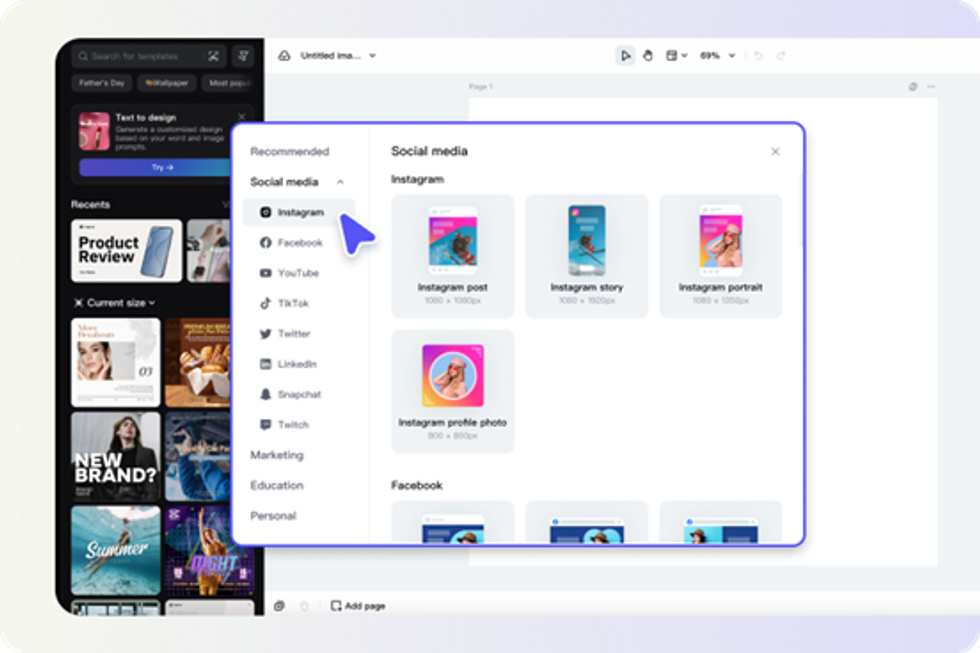
- Instagram posts: 1080x1080 px (square) or 1080x1350 px (portrait)
- Facebook cover photo: 820x312 px
- YouTube thumbnail: 1280x720 px
- Website hero images: Typically 1920x1080 px
Resizing images using the correct aspect ratios ensures that visuals remain clear and professional.
Use Standardized Image Dimensions for All Marketing Channels
Having fixed dimensions for banners, ads, and product images helps reinforce brand identity. Consistency in size and proportion ensures that customers instantly recognize your brand, whether they see your ad on a website or social media.
For example, if your website uses a 500x500 px product image, all product listings should follow the same dimension to avoid an inconsistent layout.
Keep Color Accuracy in Check
Color consistency is vital in branding. If your brand’s red appears different across platforms, it can weaken recognition.

- RGB vs. CMYK: RGB is best for digital images, while CMYK is used for print. Converting incorrectly can result in color shifts.
- Monitor Calibration: Ensure that images appear the same across different screens by calibrating your display.
- Color Codes: Use HEX, RGB, or Pantone codes to maintain color uniformity in all visuals.
A JPG image resizer with built-in color adjustment features can help you correct any discrepancies before publishing.
Optimize Image Quality Without Compromising Load Speed
High-resolution images are essential for clarity, but large file sizes can slow down websites. Balancing quality and performance is crucial for brand consistency.
- Use compression wisely: Too much compression leads to pixelation, while too little results in slow loading times.
- Choose the correct format: JPG is best for detailed images, while PNG works well for graphics with transparency.
Using an efficient JPG image resizer can help reduce file sizes while preserving quality, ensuring quick load times without sacrificing visual appeal.
Pippit AI: Your Go-To Tool for Consistent Brand Resizing
Achieving brand consistency requires more than just selecting the right colors and fonts. It also means ensuring that every image is perfectly resized for different platforms without losing quality. Manually adjusting dimensions can be tedious and prone to errors, leading to distorted visuals and mismatched branding.
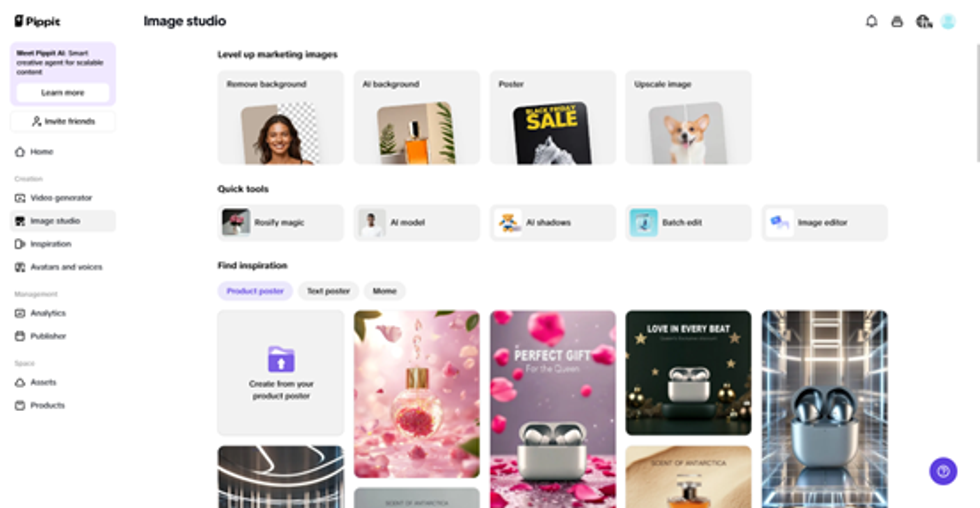
That’s where Pippit AI comes in. Designed to simplify the resizing process, this powerful tool ensures that your images remain sharp, well-proportioned, and optimized for every marketing channel. Here’s why it’s the ideal solution for maintaining a strong visual identity.
- Customizable presets for ads, banners, and social media posts: Ensures a cohesive look across all marketing channels by providing predefined dimensions that match industry standards.
- AI-powered color correction: Prevents color inconsistencies, ensuring that your brand’s visuals remain accurate and vibrant, whether displayed on digital screens or printed materials.
- Bulk resizing options: Saves time by allowing you to optimize multiple images at once without compromising quality.
With Pippit AI, you don’t have to worry about distorted logos or blurry visuals. It streamlines the resizing process while keeping your brand identity intact.
How to Resize Images in Three Simple Steps
Step1: Upload your brand visuals
Start by selecting the JPG file that needs resizing. Whether it’s a logo, product image, or social media post, using a high-quality source ensures that the final output remains crisp and clear. Pippit AI allows you to drag and drop your files for a quick and hassle-free upload process.
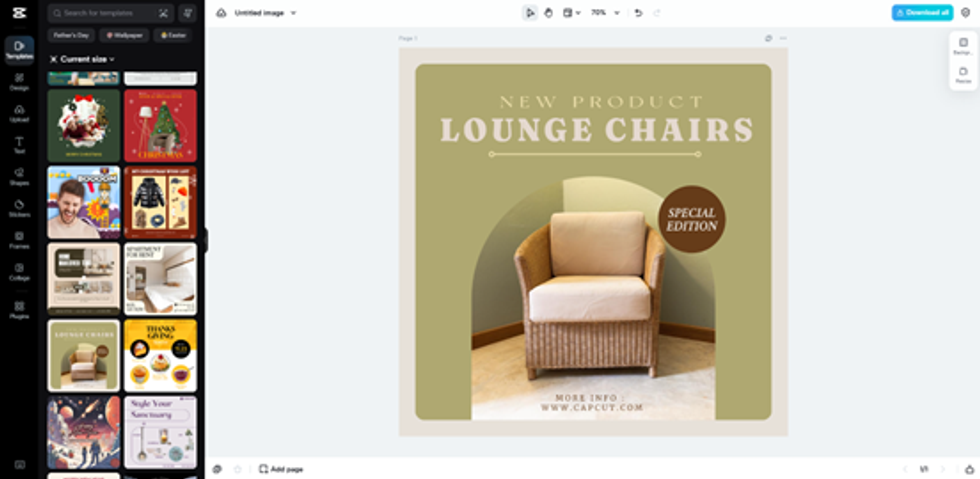
Step2: Apply consistent dimensions
Maintaining uniformity across all platforms is crucial for brand identity. Use platform-specific templates to match the ideal size for social media, websites, or ads, or set custom dimensions to meet specific brand requirements. This ensures that every image fits perfectly without unnecessary cropping or stretching.
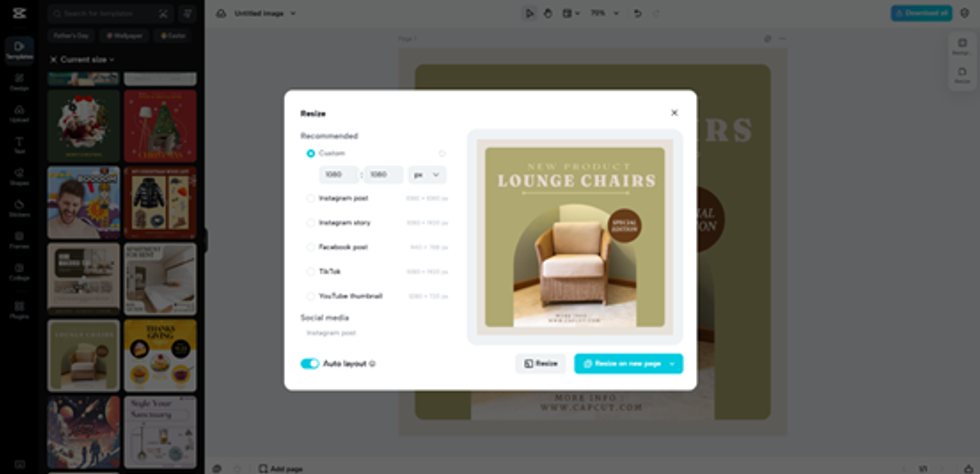
Step 3: Download and use instantly
Once resized, your image is optimized for high-quality display across all marketing channels. Pippit AI ensures sharp visuals while preserving color accuracy so your brand maintains its professional and polished look across every platform.
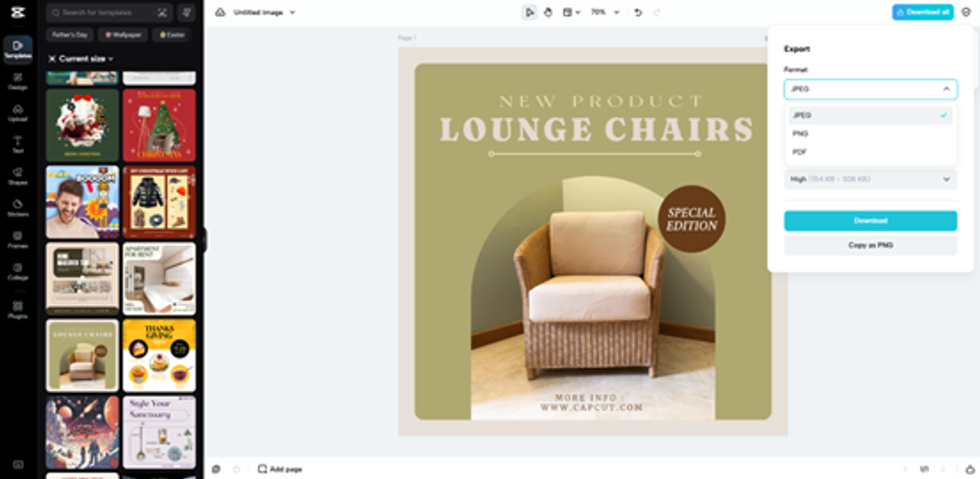
Conclusion
Maintaining brand consistency across all platforms isn’t just about good design—it’s about making sure every image aligns with your visual identity. By following this checklist and using tools like Pippit AI, you can ensure that your brand remains sharp, professional, and recognizable everywhere. Start implementing these best practices today and create a visually cohesive brand that leaves a lasting impression.
